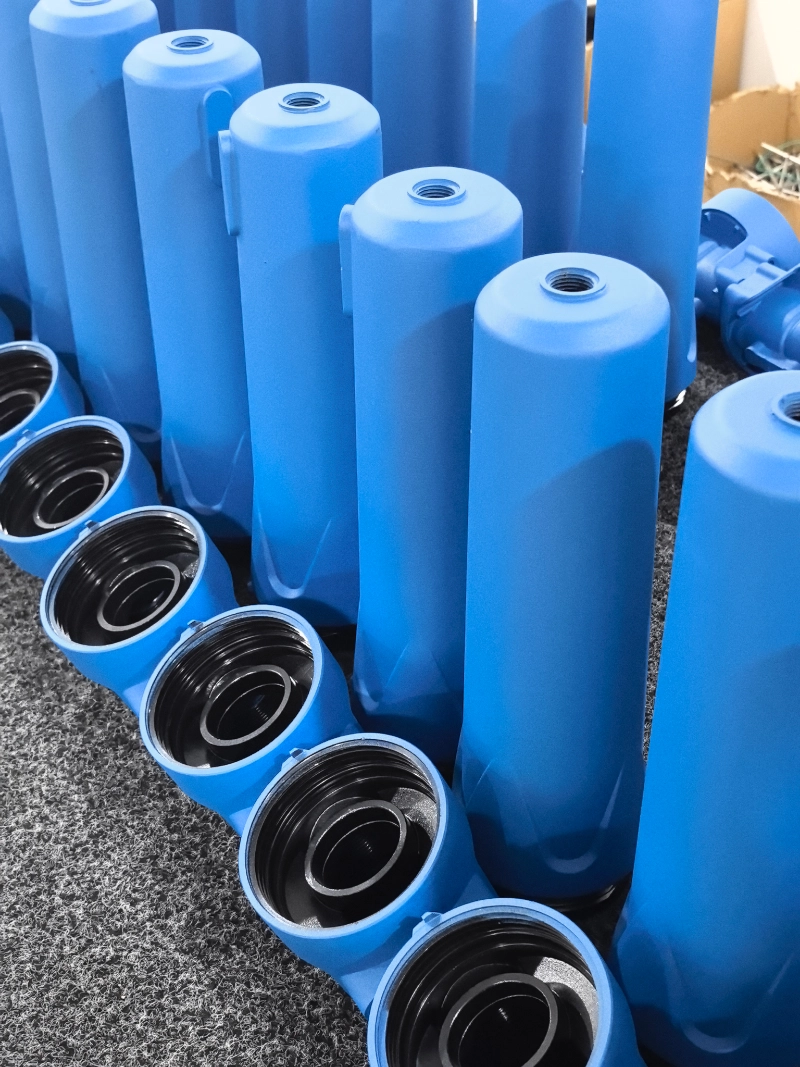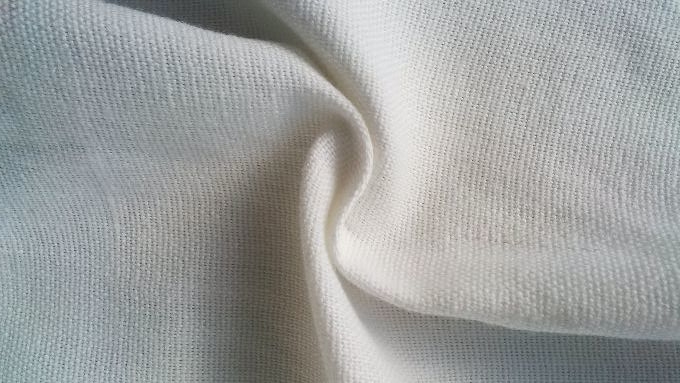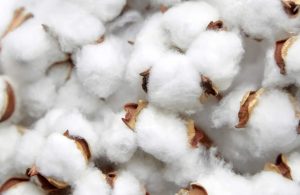In the world of textiles, cotton has long been hailed as a natural and versatile fiber. From clothing to bedding, it is a popular choice for its breathability, comfort, and hypoallergenic properties. However, as consumers become more conscious of the materials they surround themselves with, questions arise about the authenticity of claims made regarding cotton's natural origins. In this article, we delve into the depths of cotton production, exploring its journey from field to fabric and uncovering the truth behind the label "100% cotton."
- The Essence of Cotton:
Cotton, scientifically known as Gossypium, is a soft, fluffy fiber that grows in protective capsules around the seeds of cotton plants. It has been cultivated for thousands of years and is valued for its natural properties. Cotton is biodegradable, renewable, and has excellent moisture absorption capabilities, making it a preferred choice for various applications. - Cotton Farming Practices:
To understand the naturalness of 100% cotton, we must examine the farming practices involved. Organic cotton farming, for instance, adheres to strict guidelines that prohibit the use of synthetic pesticides, fertilizers, and genetically modified organisms (GMOs). This ensures a more environmentally friendly and sustainable approach to cotton production. However, conventional cotton farming may involve the use of synthetic chemicals, which can have adverse effects on the environment and potentially compromise the naturalness of the final product. - Processing and Manufacturing:
Once cotton is harvested, it undergoes several stages of processing and manufacturing before it becomes a finished product. These processes can vary significantly, depending on the desired end use. While some manufacturers prioritize maintaining the natural integrity of cotton, others may employ additional treatments, such as bleaching, dyeing, or chemical finishes, to enhance certain properties or achieve specific aesthetics. It is crucial for consumers to be aware of these processes and choose products that align with their preferences for naturalness. - Certifications and Standards:
To address concerns regarding the authenticity of natural claims, various certifications and standards have been established. Organizations like the Global Organic Textile Standard (GOTS) and the Organic Content Standard (OCS) provide guidelines and certification processes to ensure the organic integrity of cotton products. These certifications offer reassurance to consumers seeking genuinely natural and sustainable options. - Consumer Awareness and Responsibility:
As consumers, we play a vital role in promoting and supporting natural and sustainable practices. By educating ourselves about the production processes and certifications associated with cotton, we can make informed choices that align with our values. Additionally, advocating for transparency and responsible sourcing encourages manufacturers to prioritize naturalness and sustainability.
Conclusion:
While the term "100% cotton" implies a natural and all-encompassing product, the reality is more nuanced. Cotton itself is a natural fiber, but the processes involved in its cultivation, processing, and manufacturing can impact its overall naturalness. By understanding the intricacies of cotton production, being aware of certifications, and making conscious purchasing decisions, we can navigate the world of cotton textiles with confidence, ensuring that our choices align with our desire for natural and sustainable products.










+ There are no comments
Add yours